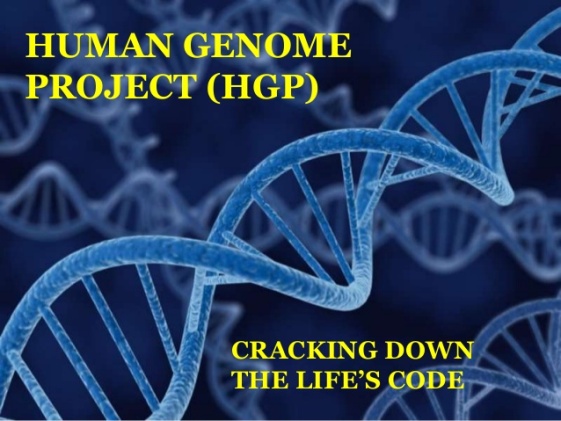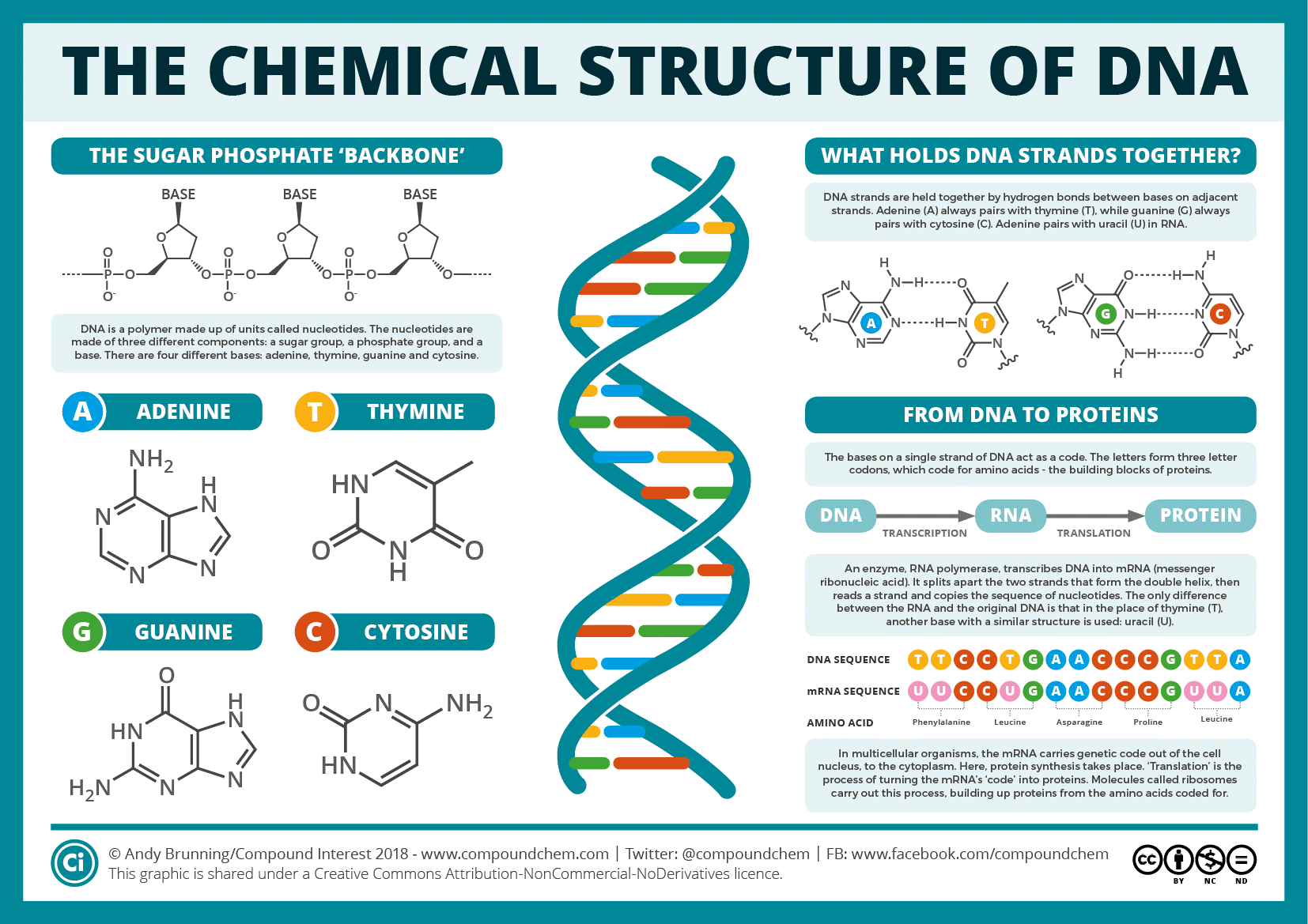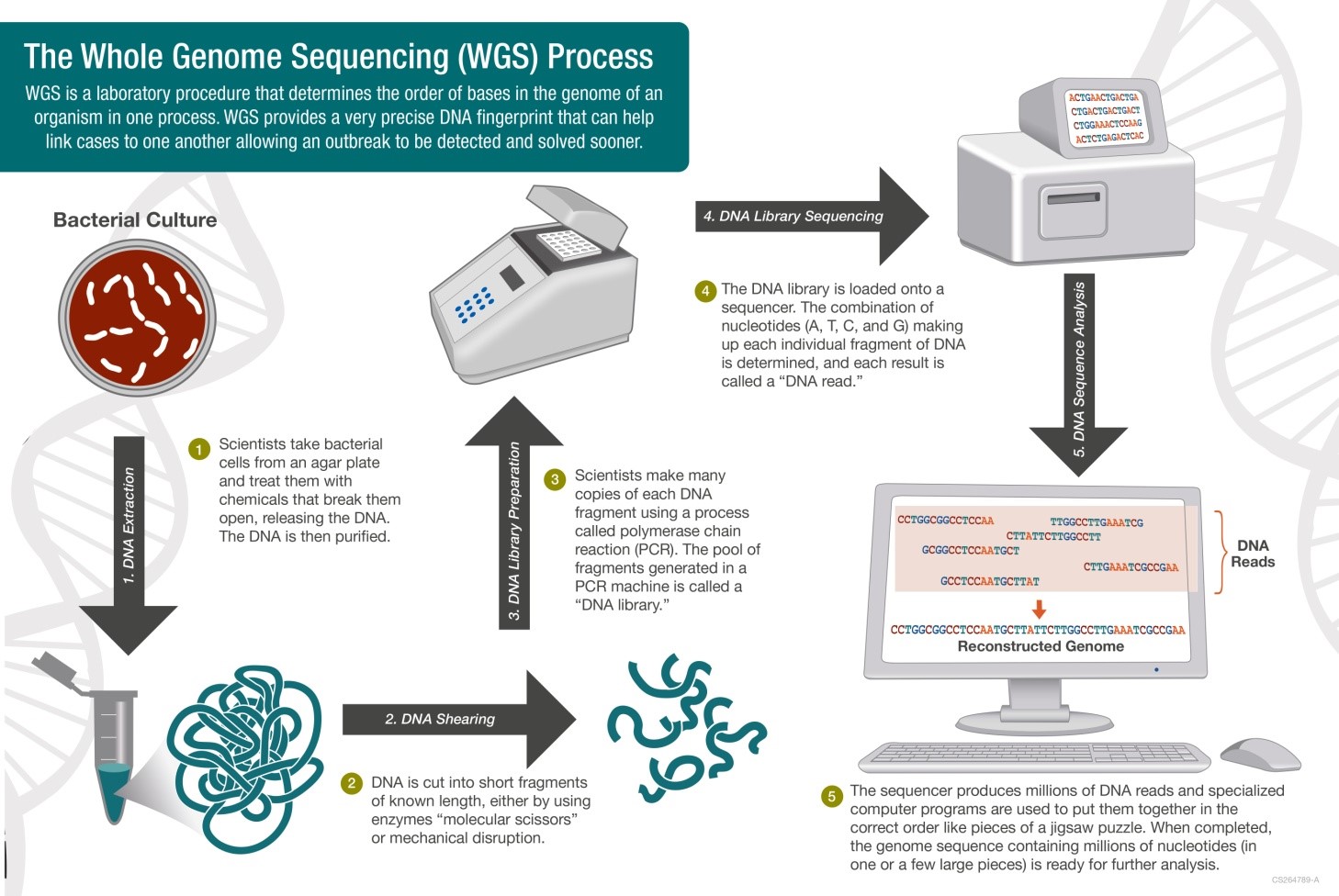Description

Disclaimer: Copyright infringement not intended.
Context
- The Human Genome Project pieced together only 92% of the DNA – now scientists have finally filled in the remaining 8%.
Background
- The Human Genome Project (HGP) was an international scientific research project with the goal of determining the base pairs that make up human DNA, and of identifying, mapping and sequencing all of the genes of the human genome
- Human Genome Project had completed the first human genome in 2003. For the first time, the DNA blueprint of human life was unlocked. But there were gaps: Unfilled, often repetitive regions that were too confusing to piece together.
Copyright infringement is not intended

- With advancements in technology that could handle these repetitive sequences, scientists finally filled those gaps in May 2021, and the first end-to-end human genome was officially published on March 31, 2022.
Gene Sequencing
- DNA sequencing is a laboratory technique used to determine the exact sequence of bases (A, C, G, and T) in a DNA molecule.
- The DNA base sequence carries the information a cell needs to assemble protein and RNA molecules.
- DNA sequence information is important to scientists investigating the functions of genes.

Copyright infringement is not intended
- A genome is the complete set of genetic information in an organism. It provides all of the information the organism requires to function. In living organisms, the genome is stored in long molecules of DNA called chromosomes.
- German botanist Hans Winkler coined the word “genome” in 1920, combining the word “gene” with the suffix “ome,” meaning “complete set,” to describe the full DNA sequence contained within each cell.
- While every living organism has a genome, the size of that genome varies from species to species.
- The human genome contains roughly 3 billion nucleotides and just under 20,000 protein-coding genes — an estimated 1 per cent of the genome’s total length. The remaining 99 per cent is non-coding DNA sequences that don’t produce proteins. Some are regulatory components that work as a switchboard to control how other genes work. Others are pseudogenes, or genomic relics that have lost their ability to function.
- And over half of the human genome is repetitive, with multiple copies of near-identical sequences.
|
Repetitive DNA
· The simplest form of repetitive DNA is blocks of DNA repeated over and over in tandem called satellites. While how much satellite DNA a given genome has varies from person to person, they often cluster toward the ends of chromosomes in regions called telomeres.
· These regions protect chromosomes from degrading during DNA replication. They’re also found in the centromeres of chromosomes, a region that helps keep genetic information intact when cells divide.
· Researchers still lack a clear understanding of all the functions of satellite DNA. But because satellite DNA forms unique patterns in each person, forensic biologists and genealogists use this genomic “fingerprint” to match crime scene samples and track ancestry.
· Over 50 genetic disorders are linked to variations in satellite DNA, including Huntington’s disease.
|
Importance of DNA sequencing
In Agricultural
- In the agriculture industries, the identification of GMO species can be possible with the help of DNA sequencing methods. Any minor variations or mutations in the plant genome can be detected with the help of DNA sequencing. This will help in the identification of different diseases in plants and helps to make pathogen-free plants.
In Animal Biotechnology
- Genomic sequencing of domestic animals helps in understanding the evolutionary relationships between species.
- By comparing the sequences of genomes of different organisms, researchers can understand what, at the molecular level, distinguishes different life forms from each other.
- Because of the sequencing of animal genome scientists are now able to make genetically modified animals or clones of domestic animals for getting desired products and for the welfare of mankind.
In Medical
- The use of biotechnology in medicine is revolutionizing the diagnosis of diseases caused by genetic factors.
- It involves the use of sequencing to find more efficient ways of maintaining human health and it also helps in the study of DNA to identify the causes of genetic disorders and methods to cure them. New tests can detect changes in the DNA sequence of genes associated with the disease.
- Gene sequencing also helps in the development of gene therapy, a type of treatment designed to replace defective genes in certain genetic disorders. It has provided a means to design drugs that can target specific genes that cause disease.
- It also opened up a path to more personalized medicine, enabling scientists to examine the extent to which a patient’s response to a drug is determined by their genetic profile. The genetic profile of a patient’s tumor, for example, can now be used to work out what is the most effective treatment for an individual.
In Forensics
- Forensic science is the application of scientific knowledge and methodology to criminal investigations and legal problems. Biotechnology is used by forensic scientists to collect or process trace evidence such as hair, skin, blood, or semen samples, which are found at crime scenes.
- An important aspect of modern forensics is the use of DNA profiling, or genetic fingerprinting.
- New sequences will allow forensic scientists to sequence STR markers, potentially resulting in an increased ability to differentiate individuals in complex mixtures.
In Pharmaceutical Sector
- This field has great potential for future medical advances through the study of the human genome as well as the genomes of infectious organisms. Analysis of microbial genomes has contributed to the development of new antibiotics, diagnostic tools, vaccines, medical treatments, and environmental cleanup techniques.
- DNA sequencing has an important role in pharmacogenomics. Pharmacogenomics looks at how a person’s individual genome variations affect their response to a drug. Such data is being used to determine which drug gives the best outcome in particular patients.
Other
- Development of Clan Genomics: Family Disease Pedigrees.
- To Monitor Emerging Pathogens.
- To Evaluate Persistence of Pathogens in the Environment.
- Possible Indicator of Antimicrobial Resistance.
Conclusion
- Knowledge of the sequence of a DNA segment has many uses. The arrangement of nucleotides in DNA determined the sequence of amino acids in proteins, which in turn helped determine the function of a protein.
- It helps in basic biological research, in numerous applied fields such as medical diagnosis, biotechnology, forensic biology, virology, and biological systematic. Comparing healthy and mutated DNA sequences can diagnose different diseases including various cancers, characterize antibody and can be used to guide patient treatment.
- In a nutshell, sequencing has the power to revolutionize food safety and sustainable agriculture including animal, plant and public health, improving agriculture through effective plant and animal breeding and reducing the risks from disease outbreaks.
- Additionally, DNA sequencing can be used for protecting and improving the natural environment for both humans and wildlife.
https://www.downtoearth.org.in/blog/science-technology/the-human-genome-project-pieced-together-only-92-of-the-dna-now-scientists-have-finally-filled-in-the-remaining-8--82190












